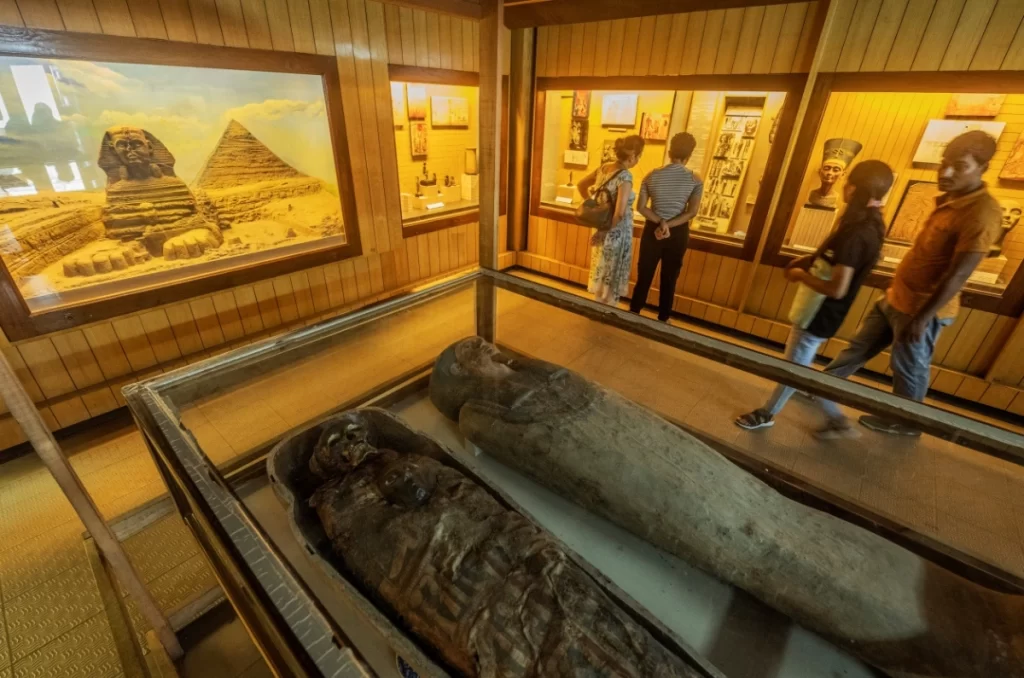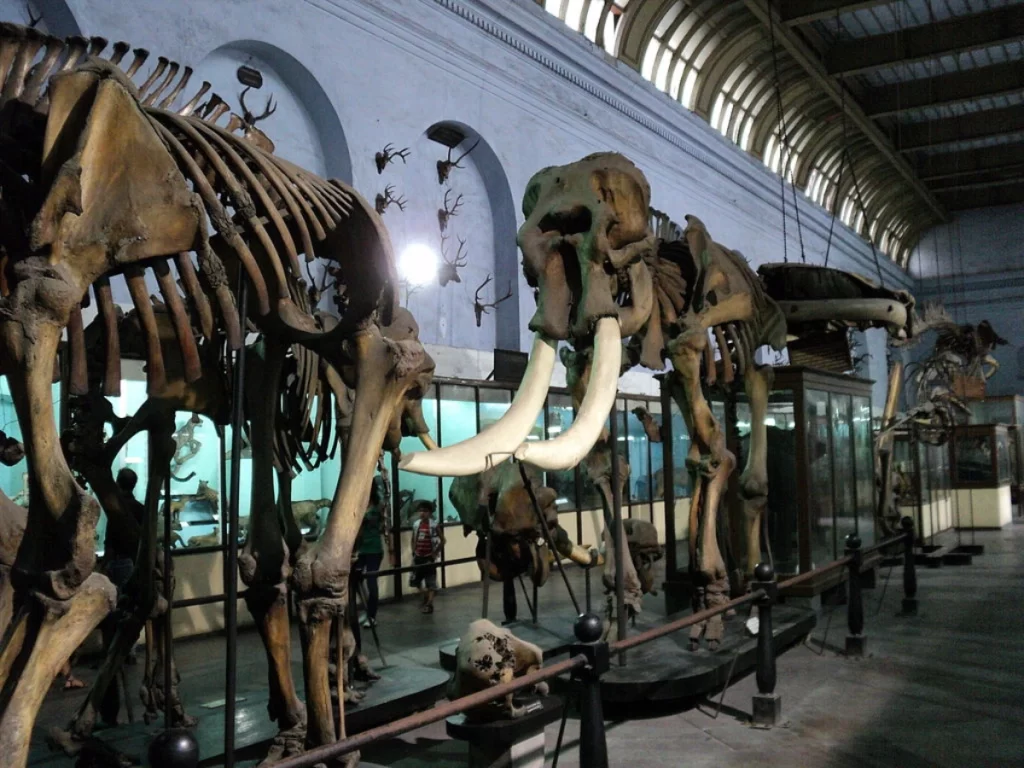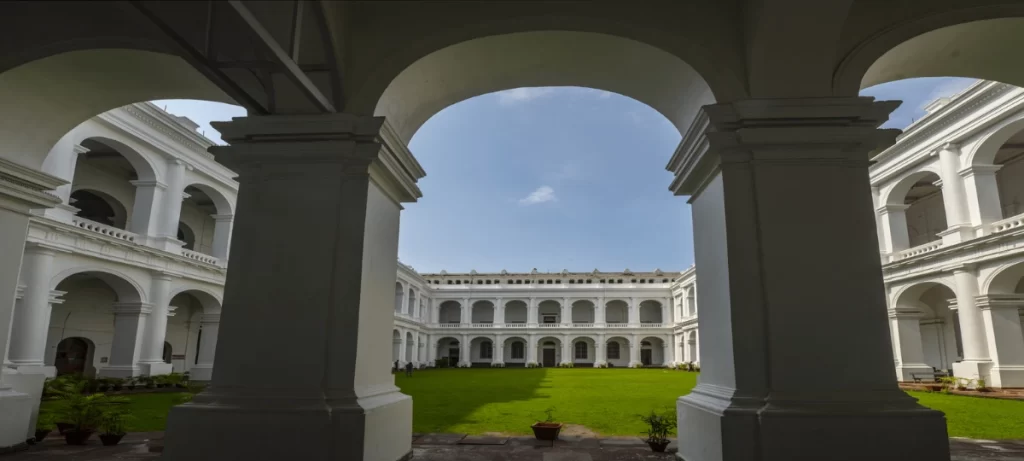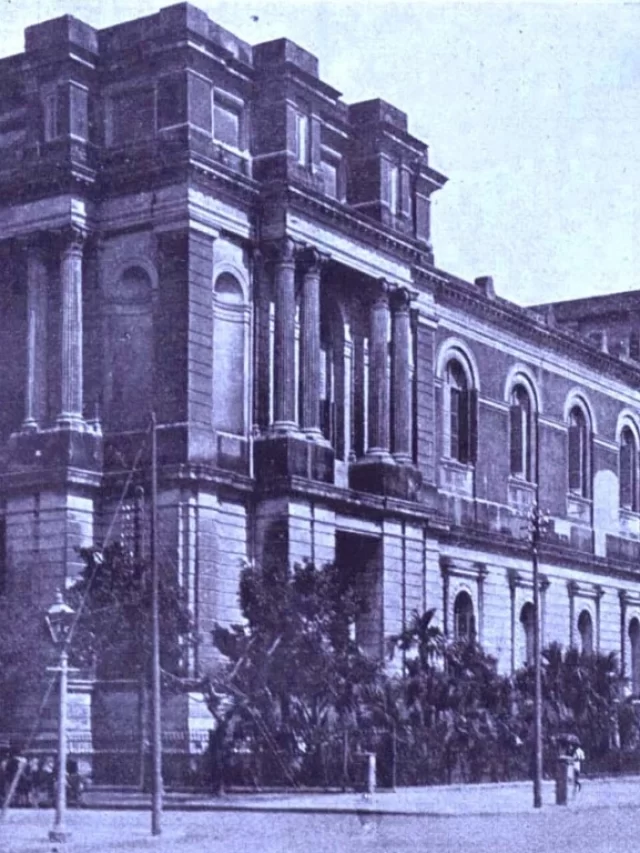All About Indian Museum Kolkata West Bengal
The Indian Museum Kolkata, also known as ‘Jadughar’ is located in Central Kolkata, West Bengal. It was formerly known as the Imperial Museum of Calcutta. The collection makes it the oldest and largest museum in Asia of its kind. It is the ninth oldest museum in the world. You can expect to see rare collections of Mughal paintings, fossils, skeletons, mummies, armour, ornaments, and antiques. It is an autonomous organisation, operating under the Ministry of Culture, GoI.
History of the Indian Museum Kolkata
Sir William Jones founded the Asiatic Society of Bengal in 1784. By 1796, whispers of storing, preserving, and exhibiting natural and man-made artefacts could be heard. In 1808, GoI gave the society adequate housing, making the Chowringhee-Park Street neighbourhood the first Indian Museum Kolkata location. On 2nd February 1814, the Indian Museum Kolkata came into existence.

Danish botanist Nathaniel Wallich served as the first curator, creating the museum using his botanical collection and the Asiatic Society’s collection. He suggested five sections: an archaeological, ethnological, technical, and a geological and zoological section. Mr. William Lloyd Gibbons, a librarian and assistant secretary, was named joint secretary in 1815. The Indian Museum, Kolkata’s geological galleries are exclusively owned by the Geological Survey of India.
Collection of Indian Museum Kolkata
The thirty-five galleries of the Indian Museum are divided into six sections — Indian art, archaeology, anthropology, geology, zoology, and economic botany. The museum boasts over 100,000 rare specimens from the natural sciences and humanities; both Indian and trans-Indian.
1. Egyptian Collection
Housed in a lavish mansion, it features a 4000-year-old Egyptian mummy among other exhibits. The mummy was gifted to the Asiatic Society in 1834.

2. Indian Collection
The Indian section features the railings and gateways of the Buddhist stupa from Bharhutare. The Bharhut panels are inscribed in the Brahmi script. They also display the Amaravati Stupa. The Indian collection is particularly known for Buddhist and Hindu sculptures from the Middle Ages, procured from Bengal, Bihar, and Odisha. Buddha’s relics, a replica of the Lion Capital of Ashoka from an Ashoka pillar, prehistoric animal fossil skeletons, an art collection, rare antiques, and a meteorite collection are also preserved here.

The sculptures at the Indian Museum Kolkata were made during the Pala and Sena dynasties. The bronze sculptures date back from the 8th to 14th century.
3. Natural History Collection
The Indian Museum Kolkata’s four natural history-focused galleries are divided into insect, bird, mammal, and botanical galleries. Additionally, you may also see the massive dinosaur skeleton. Here, you can also observe various ecosystems with over 132 exhibits.

4. Art Section Collection
The art section at the Indian Museum, Kolkata is renowned for its glass, pottery, lacquerware, textiles, and carpets. The gallery features examples of Persian and Indian paintings. Numerous statues and bronzes from different Asian civilizations are on display, including life-size representations of Indian regional people and animals.

5. Miscellaneous Collection
The coin room has the world’s largest collection of Indian coins. Some of the coins are over 2400 years old. They also exhibit costumes, dioramas, and musical instruments, tracing the evolution of numerous civilisations. At the Indian Museum Kolkata, you can also witness numerous rocks.

Architecture of Indian Museum Kolkata
The Indian Museum Kolkata’s current location was established in 1867 after the First Indian Museum Act was passed in 1866. It was completed in 1875 and designed by W. L. Granville and Sir Thomas Holland. The three-story building is known for its magnificent colonial-era architecture, spread across 1200 sq m. Using lofty ceilings, tall pillars, and elaborate details, the architecture blends Italian and Indian design. The building is made of reinforced concrete. It truly is a great example of Indo-Saracenic architecture.

With its enormous stairways and symmetrical layouts, the building exudes immense simplicity. Massive stone and brickwork, round arches, sturdy piers, and thick walls moderate the extreme temperatures outside. Small, arched windows keep the straight sunlight under control with adequate ventilation. The lighting system and HVAC system are sustainable due to low emissions of volatile organic compounds.
Image Courtesy – Indian Museum Kolkata
Contributor






